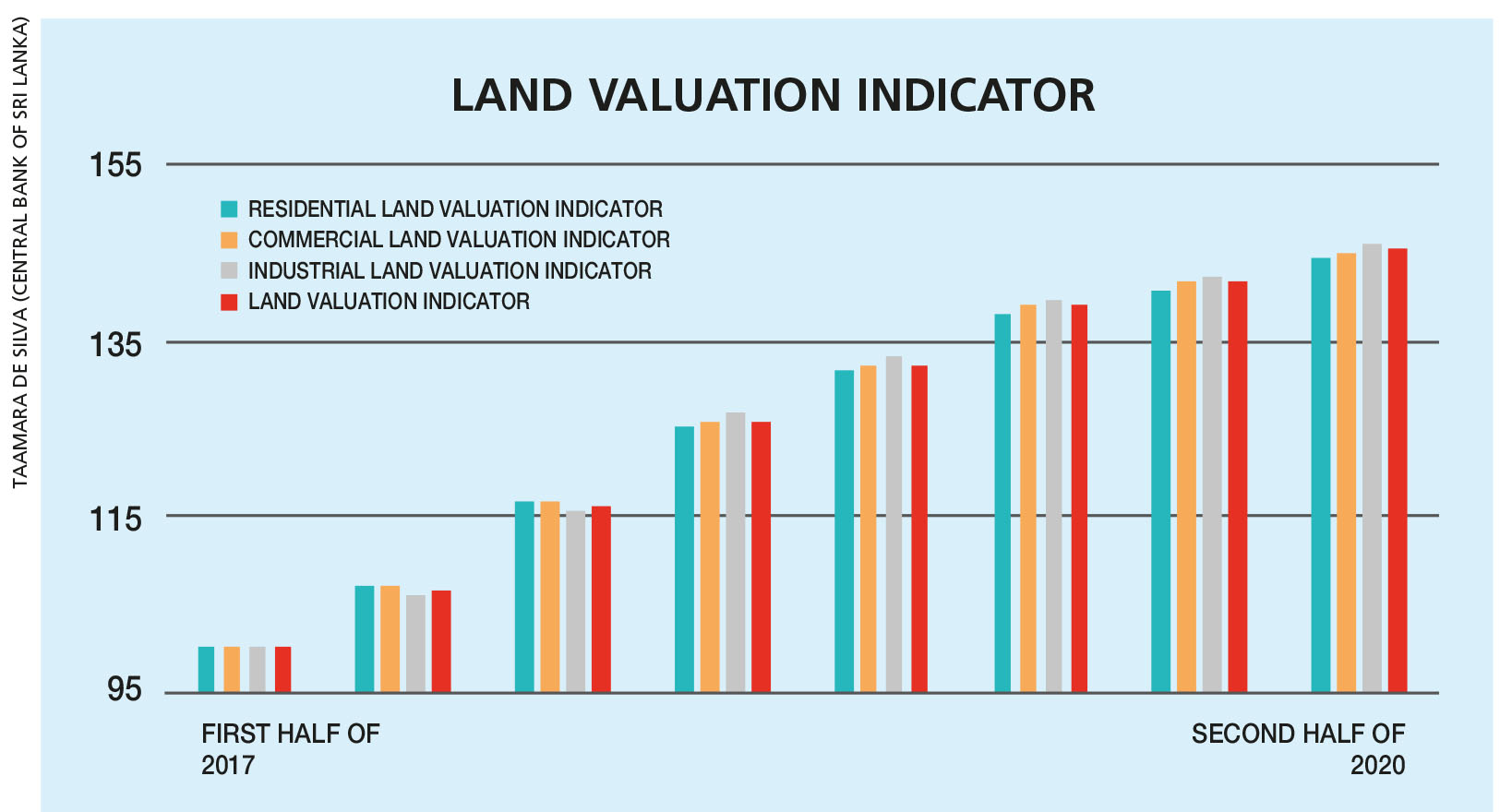REAL ESTATE SECTOR
THE RISE OF REIT SOLUTIONS
Taamara de Silva explains how real estate owners can maintain liquidity
Even though urbanisation was considered a mega trend in this century in the past, the pandemic has necessitated a complete overhaul of the real estate sector amidst the global economic downturn, changing dynamics and rising demand for greater flexibility.
 The pandemic struck at the very heart of what cities are all about – togetherness, connectivity and shared services. A massive cultural shift spurred by contactless technology and remote work has left companies and employees in limbo as they try to figure out the ideal office-work from home (WFH) balance.
The pandemic struck at the very heart of what cities are all about – togetherness, connectivity and shared services. A massive cultural shift spurred by contactless technology and remote work has left companies and employees in limbo as they try to figure out the ideal office-work from home (WFH) balance.
Real Estate Investment Trusts (REITs) can be a feasible solution, which offer a viable alternative to property owners and real estate investors. It helps them leverage their real estate assets to maintain liquidity, as well as provide an opportunity to diversify their investment portfolio to mitigate perceived risks and recovery lags.
REITs, which were first introduced in the US in 1960, created a mechanism for individual investors (especially middle income earners) to generate income by investing in large commercial real estate. More than 35 countries have active REIT legislation while the cumulative market capitalisation of REITs globally is approaching US$ 2 trillion.
Rapid progress has been witnessed in Asian markets that have REITs – especially Thailand, Malaysia and India. They are also viewed as a mechanism to broad base real estate ownership within a country.
A REIT is essentially a structure that typically owns and operates income generating real estate. The assets owned by a REIT can include office buildings, shopping malls, apartments, hotels and resorts, self-storage facilities and even warehouses.
Sri Lanka too has introduced the process, structure and required legislature to launch REITs. This SL-REIT can now be facilitated as a listed REIT on the Colombo Stock Exchange (CSE) through a licence issued by the Securities and Exchange Commission of Sri Lanka (SEC). They are structured in such a manner that a 20 percent exposure must be maintained in government securities and/or in cash or near cash vehicles, providing adequate liquidity and an element of diversification considering the long-term nature of the real estate sector.
However, the success of REITs is largely dependent on the tax structure of a country. A past budget in Sri Lanka proposed exempting investments in the housing market through REITs from capital gains tax, making dividends free from income tax and reducing stamp duty up to 0.75 percent. But these proposals have yet to be formalised.
The Monetary Board remains committed to maintaining a low interest rate regime and ensuring continued support for a sustained economic recovery, in the hope that consumers and businesses will borrow – and thereby kick-start the growth engine.
But low consumer spending – and subdued demand and business confidence, which existed before the pandemic – are likely to continue in the upcoming months, thereby delaying the expected outcomes of the low interest regime.
Such a situation will not only create pressure on Sri Lanka’s retirees (who depend on living off interest income) but also investors who seek a reasonable return on their cash holdings. Under these circumstances, we can expect a steady demand for alternative investment options that may carry a higher risk premium.
This could possibly be due to the perceived decline of the market in recent times where prospective sellers have been hesitant to sell unless they’re compelled to do so in order to meet financial obligations. It’s widely believed that the impact is short term and will not have a material effect on the long-term outlook for the local real estate market.
REITs will continue to offer much needed diversification and remain affordable as they can be purchased as units. The ability to redeem these units and recover the investment provides much needed liquidity unlike when purchasing real estate, which is a long-drawn-out process for small-time investors.
As real estate is a fundamental class of asset, portfolio allocations to realty could be in the range of five to 15 percent – but this is not a steadfast rule.
Since REITs provide swift entry and exit routes through the secondary market, investors can benefit from returns on appreciating real estate assets. Relatively low administration costs, management expertise and economies of scale are some of the many reasons why REITs have grown exponentially over recent years.
The securitisation of real estate is a powerful trend that will continue, and the growing REIT market around the world offers exciting new opportunities and challenges.
SL-REITs may surface sooner than we expect amid a drive by policy makers, regulators and industry experts who share a common vision for a simplified and sustainable real estate investment climate.




